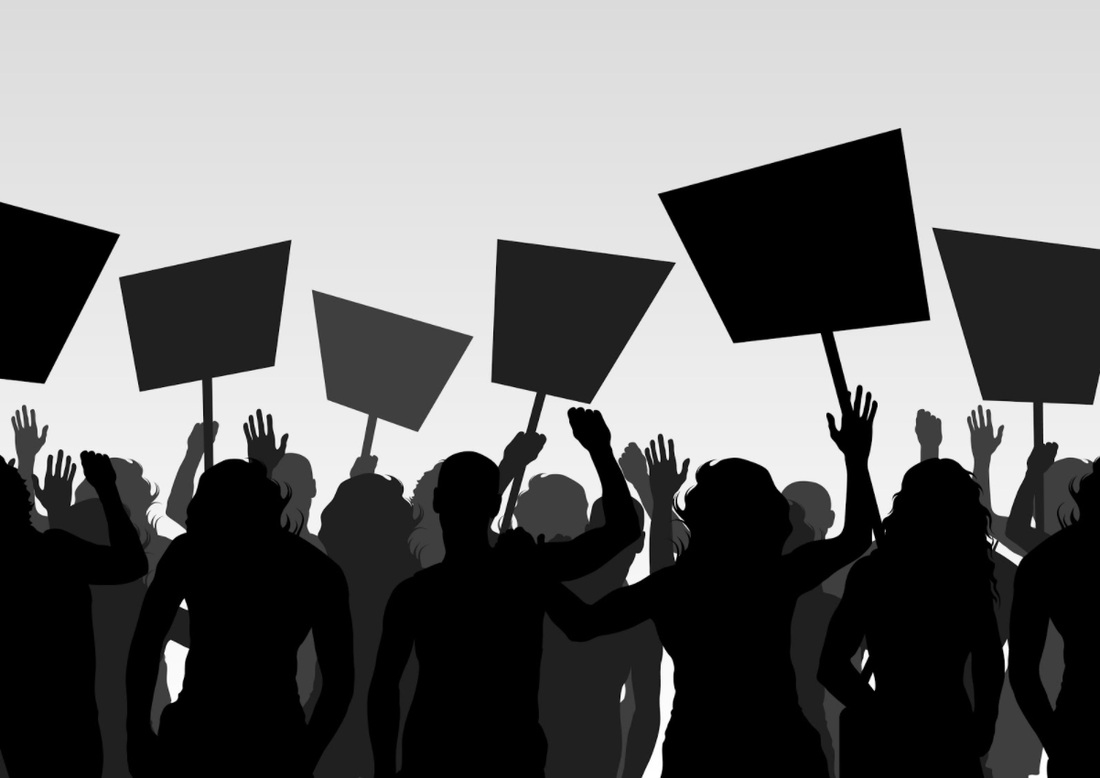|
Interview by: Makena Binker Cosen (CC '21)
The following is a heavily condensed version of the full interview. If you're interested, read more here. Could you describe your COVID-19 research at the moment? Our team has been running models that project COVID-19 outcomes for New York City, U.S. counties, and the entire country, as well as for China. For example, back in January, we started by estimating how many people had undocumented infections and how contagious they were. Our goal is to understand the pandemic’s epidemiological characteristics: its distribution, patterns, and determinants of health across populations. This type of information can help us identify what public health interventions different places ought to adopt.
people get more relaxed, businesses open, and there is less compliance with social distancing and face-mask wearing. Another scenario might be that the transmissibility will stay constant, if everyone stays on their toes. Modeling these scenarios allows us to identify the scope of possible outcomes and to understand how sensitive the virus is to specific interventions. In turn, this helps us determine which measures we ought to enforce in different places.
What biases do you face in data collection? First off, not everybody is tested. Many COVID cases go undocumented, and deaths are undercounted. In fact, someone from a hospice in rural Georgia reached out to me, saying that they used to get one or two sepsis cases each year. Now everybody there is dying of “sepsis” and none of them have been tested for COVID. It’s likely that they’re all COVID patients, just not known to be.
On top of this, there are changes in reporting and testing practices over time. We don’t have access to information on the microscale processes that might be supporting or not supporting transmission locally.
How do your models address these biases? Our job is to use models that explicitly allow and account for biases in the data. Observations are not the Gospel. There is some unknown truth out there that we’re trying to estimate better by using both these models and the observations in conjunction with one another. Because there’s a lengthy lag between someone acquiring the infection and them being counted as a confirmed case, our main blind spot is that we don’t know what happened over the last ten days. We update our projections twice a week using new information from the last three or four days, and we also change our scenarios as we consider new behavioral changes. It’s really important in this situation to be very responsive. When there are outbreaks taking place, we would like to see states and communities responding aggressively. Unfortunately, that has not been the case. What are some key interventions that you’ve seen lead to an effective response to COVID?
One of the best examples to look at is South Korea, since it is a densely populated, modern country well-connected with the world economy, and people fly through it all the time.
Since then, they’ve further reopened businesses, houses of worship, and nightclubs, among other non-essential services. The opening of nightclubs was associated with a cluster of outbreaks, around forty cases a day. Now, if they had forty cases per day for a thousand days, that would be forty thousand cases. If we assume there are about ten times as many infections overall as there are cases, which is probably a high number for South Korea considering how well they test, that would be 400,000 people infected in the next three years, roughly. That is less than one percent of their total population. In their new normal, with a reasonable economy, maintaining their unemployment rate at four percent, South Korea could hold on for three years while the world tries to develop an effective vaccine or therapeutic treatment for COVID-19. What’s more, they could deploy it before 99% of their population is ever infected with the virus. Now, South Korea has a little bit more than one-seventh of the population the United States has. Forty cases per day there would approach 280 cases per day here. Right now, the United States has about 20,000 cases per day. We’re nowhere near their numbers and we’ve disrupted our economy and skyrocketed unemployment. We’re not alone. A lot of countries have done the same. Right now, we seem to be ignoring the fact that this can take off exponentially again. We may be catching a break in summer because the virus may be somewhat less transmissible then. However, if we’re really complacent about this and we’re not willing to reimpose shelter-in-place methods, this virus will run over us. Has your team modeled how protests and the response to protests may influence COVID-19 outcomes?
On the other hand, bringing people together may provide more opportunities for transmission and there have been locations where people are not wearing face masks at all. That’s more concerning. This is not to diminish the need for the protests. That is a choice and these issues are very important, equally important, if not more important, and they are connected to public health issues as well.
0 Comments
Your comment will be posted after it is approved.
Leave a Reply. |







